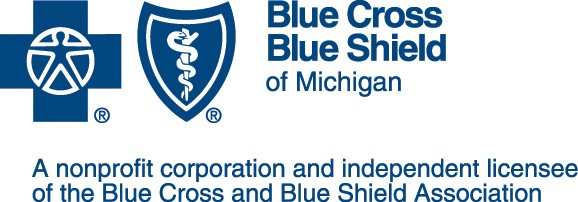Subscribe to Our Newsletter
INHALE prepares regular PO and Clinical level newsletters that contain:
- coordinating center updates
- upcoming important events
- tips and tricks for utilizing our website and portals
- relevant articles and resources
- and the latest asthma and COPD research
Arbor Lakes Building 3, Floor 3
4251 Plymouth Rd.
Ann Arbor, MI 48105

Support for the INHALE CQI is provided by Blue Cross Blue Shield of Michigan as part of the BCBSM Value Partnerships program. BCBSM’s Value Partnerships program provides clinical and executive support for all CQI programs.
Although Blue Cross Blue Shield of Michigan and the INHALE CQI work in partnership, the opinions, beliefs, and viewpoints expressed by INHALE CQI do not necessarily reflect the opinions, beliefs, and viewpoints of BCBSM or any of its employees.
